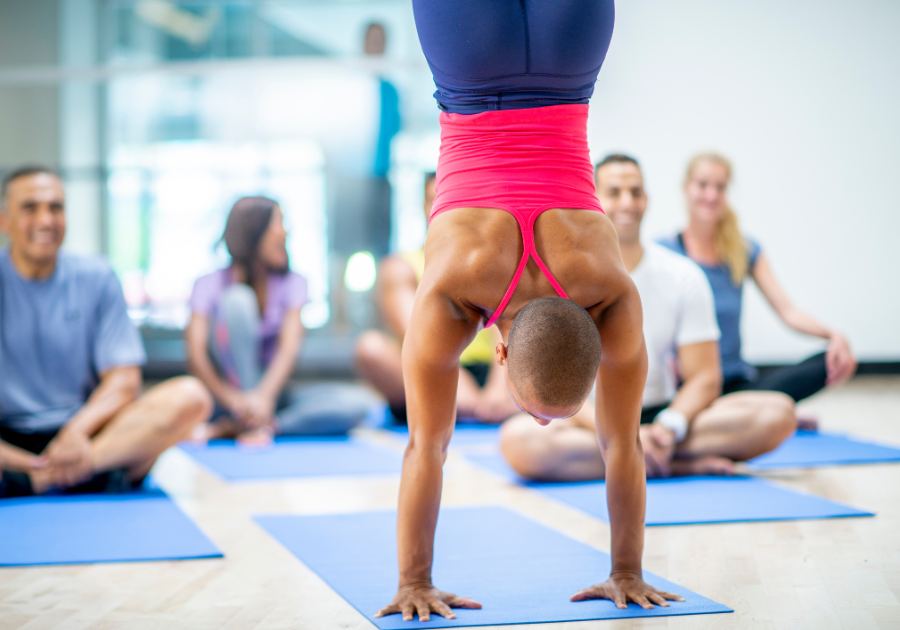Introduction
A handstand balance is an impressive skill that demonstrates strength, balance, and control. Whether you’re a gymnast, yogi, or fitness enthusiast, mastering the handstand can be a rewarding challenge. This guide will cover everything you need to know about performing a perfect handstand, from basic techniques to advanced tips.
Benefits of Handstands
- Physical Strength: Builds core, shoulder, and arm muscles.
- Balance and Coordination: Enhances body awareness and stability.
- Mental Focus: Improves concentration and mental clarity.
Getting Started
Prerequisites
Before attempting a handstand, ensure you have a basic level of fitness and flexibility. Strength in the shoulders, arms, and core is essential.
Warm-Up Exercises
- Wrist Stretches: Prepare your wrists for the pressure of supporting your body weight.
- Shoulder Rotations: Increase shoulder mobility.
- Core Activation: Engage your core with planks and hollow body holds.
Basic Handstand Technique
Positioning
- Start in a High Plank: Hands shoulder-width apart, fingers spread.
- Align Your Body: Engage your core and glutes to maintain a straight line.
Kicking Up
- Bend One Knee: Use this leg to generate momentum.
- Push Off: Lift your kicking leg while pressing through your hands.
Balancing
- Stack Your Joints: Keep wrists, elbows, and shoulders aligned.
- Find Your Center: Use your fingers to adjust and maintain balance.
Common Mistakes
Banana Back
- Cause: Lack of core engagement.
- Fix: Squeeze your glutes and tighten your core.
Bent Elbows
- Cause: Insufficient arm strength.
- Fix: Practice arm-strengthening exercises.
Falling Over
- Cause: Poor balance control.
- Fix: Practice against a wall for support.
Advanced Techniques
Handstand Push-Ups
- From a Handstand: Lower yourself until your head touches the ground.
- Push Back Up: Engage your shoulders and triceps.
Handstand Walking
- Shift Weight: Move your body weight from one hand to the other.
- Step Forward: Use your fingers to propel yourself.
Press Handstands
- From a Pike Position: Lift your hips while keeping your legs straight.
- Lift Off: Slowly raise your legs into a handstand.
Training Tips
Consistent Practice
Dedicate time each day to handstand training. Consistency is key to improvement.
Use a Spotter
Having someone to help guide and catch you can boost your confidence and safety.
Record Yourself
Watching videos of your practice can help identify areas for improvement.
Safety Precautions
Use a Soft Surface
Practice on a mat or grass to cushion any falls.
Warm-Up Properly
Prevent injuries by thoroughly warming up your muscles and joints.
Listen to Your Body
Avoid overtraining and take breaks when needed.
FAQ
How long does it take to learn a handstand?
It varies based on individual fitness levels, but with consistent practice, many people can learn within a few months.
Can anyone learn to do a handstand?
Yes, with proper training and dedication, most people can learn to do a handstand.
What should I do if I’m afraid of falling?
Start practicing against a wall and gradually move to freestanding handstands as you build confidence.





